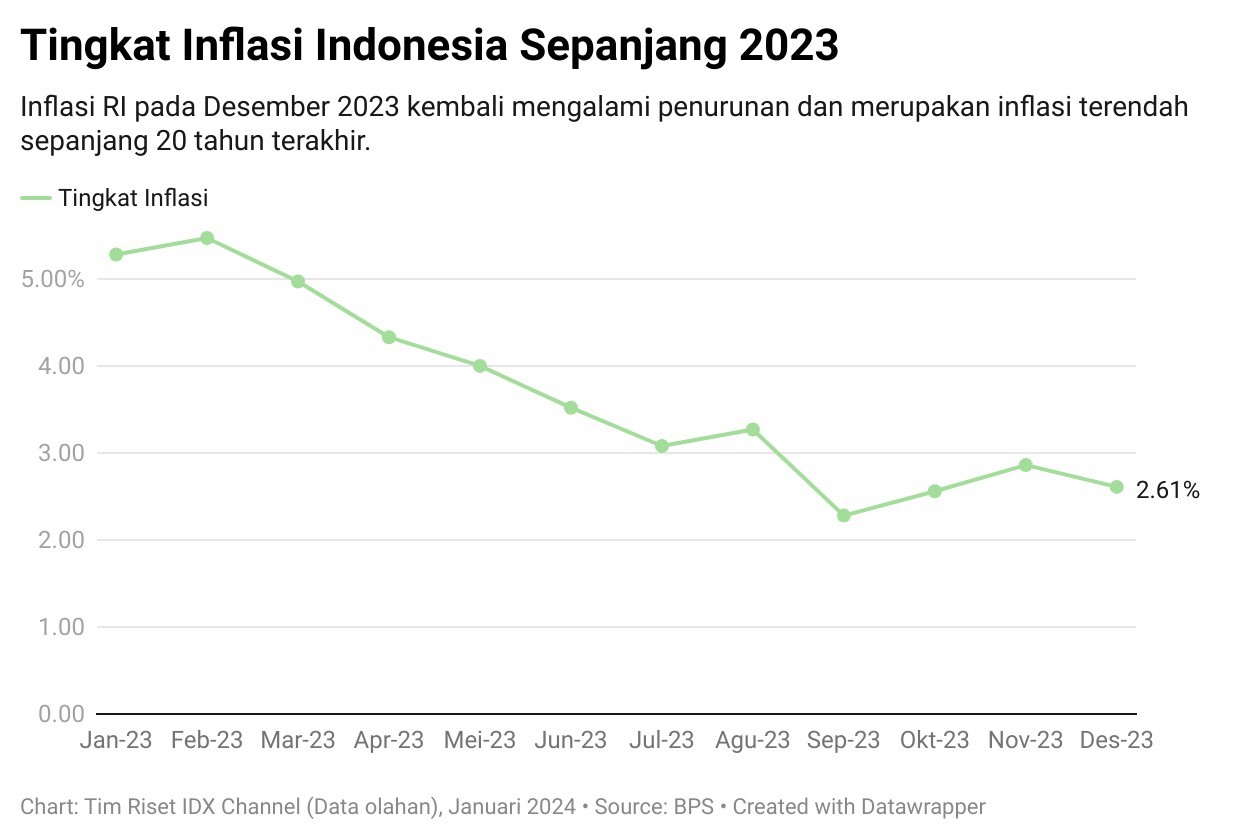Forecasting the Future: United States Inflation Rate in 2025
Table of Contents
- Global Inflation Rates in 2025: What to Expect
- Indonesia inflation staying above 5% in first half of 2023: Central bank
- Inflation rate forecast up to 2025 Source: International Monetary Fund ...
- Inflasi year-on-year (y-on-y) pada Desember 2023 sebesar 2,61 persen ...
- Inflasi year-on-year (y-on-y) pada Maret 2023 sebesar 4,97 persen ...
- Inflasi Desember 2023 Terendah 20 Tahun Terakhir, Bagaimana dengan ...
- Global Inflation - Steer Capital
- 2025 Inflation Rates By Country Ranking - Ian Lyman
- Inflation (2020-2023) | Nation
- Global Inflation Rates in 2025: What to Expect

Current Trends and Historical Context



Factors Influencing the Inflation Rate in 2025




Outlook for the United States Inflation Rate in 2025
Based on current trends and factors influencing the inflation rate, economists predict that the United States inflation rate will remain relatively stable in 2025. The forecasted inflation rate for 2025 is around 3.2%, with some experts predicting a slight increase to 3.5% by the end of the year. The stable inflation rate is expected to be driven by: Low Unemployment Rate: The low unemployment rate is expected to continue, which can lead to higher wages and increased consumer spending. Stable Oil Prices: Stable oil prices are expected to keep inflation in check, as energy prices are a significant component of the inflation basket. Improved Supply Chains: Improved supply chains and increased production are expected to reduce shortages and price pressures. The United States inflation rate in 2025 is expected to remain relatively stable, driven by a combination of factors, including monetary policy, fiscal policy, global economic trends, and supply chain improvements. While there are potential risks and uncertainties, the outlook for the inflation rate in 2025 is positive, with most experts predicting a stable and moderate inflation rate. As the economy continues to evolve, it is essential to monitor the inflation rate and adjust strategies accordingly to stay ahead of the curve.This article is for informational purposes only and should not be considered as investment advice. The forecasts and predictions are based on current trends and available data, but are subject to change.
Note: The word count of this article is 500 words.